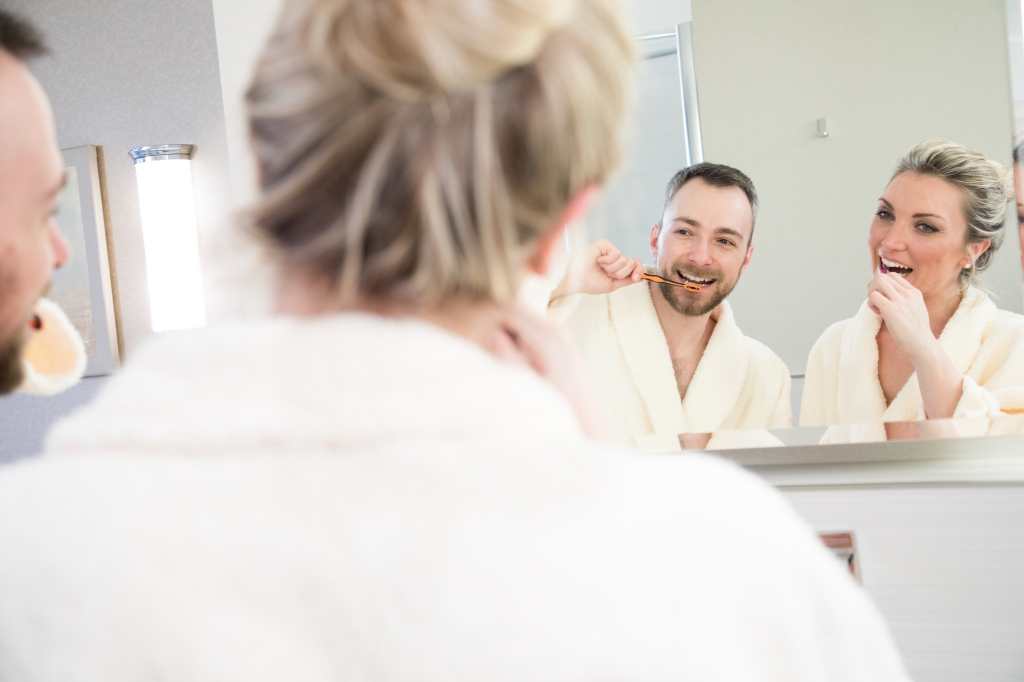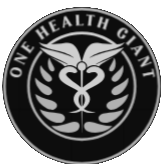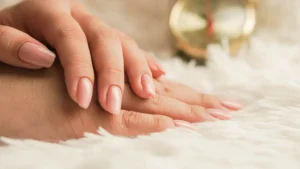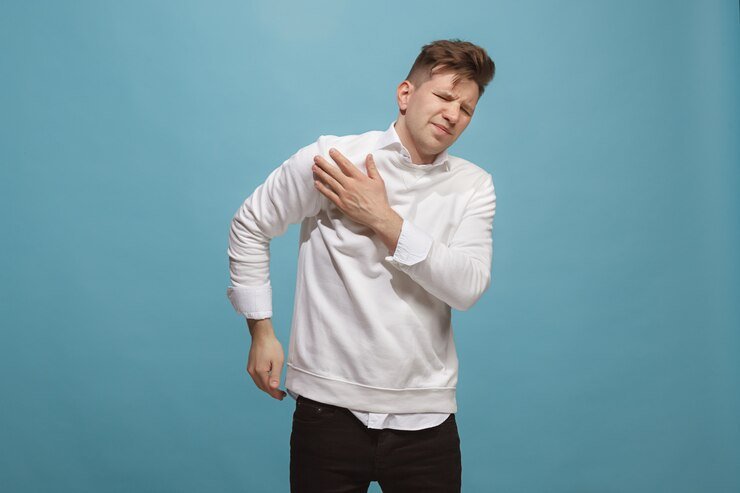You grab your toothbrush, put on some toothpaste, and you’re ready to start cleaning. Do you do this habit almost on autopilot both in the morning and at night?
So pay attention, because this can be detrimental to dental care. Two dentists reveal what matters in dental care and why it is better to brush your teeth one and a half times a night.
– The brush:
“Most patients achieve significantly better results with an electric toothbrush,” says Roland Frankenberger, Professor of Dental Conservation at Philipps University of Marburg and the University Hospital of Giessen and Marburg.
However, those who are good at cleaning can also use a manual toothbrush. “But because people clean too little or poorly, and especially because older people are no longer as agile with their hands, I always recommend the electric version to my patients,” he says.
Because with an electric toothbrush, not only your hand moves but also the brush head. This removes more plaque, i.e. bacterial plaque.
However, dentist Stefan Fickl clarifies that “ the electric toothbrush does not replace the work .” He also points out that the correct technique is required with this toothbrush.
– The technique:
Chewing surfaces, inner surfaces, and outer surfaces is probably the order many of us learned as children. “This technique is supposed to help you remember where you already cleaned,” says Roland Frankenberger.
There is also another way to proceed: the Bass technique, named after the American dentist Charles C. Bass. It is as follows: the brush is placed at a 45-degree angle and gentle sweeping movements are made from top to bottom, i.e. from the gum to the teeth.
The brush is then cleaned in a circular motion in the direction of the chewing surfaces. This method removes a particularly large amount of plaque.
However, it is important to note that “the Bass technique is difficult for most people to implement,” explains Stefan Fickl.

“That is why we should not pay so much attention to the technique, but rather to reaching all the dental surfaces during cleaning,” he points out.
Many people brush too close to the chewing surfaces. However, Stefan Fickl advises brushing close to the gums. Because diseases such as tooth decay or periodontitis originate in the transition between the gum and the tooth.
– The duration:
Two minutes, twice a day, is a good rule of thumb. “Most people only brush their teeth for about 30 seconds a day,” observes Roland Frankenberger. That’s certainly not enough time.
However, the duration of brushing also depends on the condition of the teeth. “People with fewer teeth brush faster. People with braces, bridges, or implants usually need a little more time.”
With the right technique, however, you should not spend too much time brushing. “Above all, you should make sure that you do not press too hard on the gum line with the brush,” warns Fickl, as this can cause long-term damage to the gums.
“That’s why it’s so important to use a toothbrush with soft or semi-hard bristles,” she adds.
– Timing: before or after breakfast?
“The most important thing is to thoroughly clean your teeth at night before going to bed,” says Fickl. This is because at night less saliva is produced, which is what protects teeth from acid and bacteria. The fluoride contained in toothpaste can fulfill this function during the night.
What about morning cleansing? “Most people don’t have that much time in the morning and cleanse for the fresh feeling,” says Frankenberger.
“This is also fine. I give my patients a rule of thumb: brush half a time in the morning and one and a half times in the evening.”
However, some studies show that it does not matter whether you brush before or after breakfast.
And “it’s been proven false that you should wait 15 minutes before brushing your teeth after eating acidic foods,” Frankenberger says.
Coffee does not harm your teeth either. At most, it leaves a stain on your teeth that can be removed with a professional dental cleaning.
– Toothpaste:
Toothpaste should contain sufficient fluoride. “A normal toothpaste with a fluoride content of 1,450 ppm is great for maintaining oral health,” says Roland Frankenberger.
Toothpaste that is advertised as containing liquid tooth enamel still needs to prove that they are a long-term alternative to fluoride.
The specialist is critical of whitening toothpaste. “If your teeth seem too yellow, you can have them bleached by a dentist,” he warns. “A toothpaste will not be able to solve this problem in the long term.”

You should also stay away from harsher products. “They may remove discoloration and plaque a little faster, but otherwise they are too harsh on your teeth.”
Fluoride gels are unnecessary when teeth are cleaned with sufficient time and care. However, for patients at risk of developing caries, for example, the elderly, they are a good complement.
– Are interdental brushes and mouthwashes really necessary?
“When it comes to preventing cavities and periodontitis, the toothbrush is by far the most helpful,” says Roland Frankenberger. Mouthwashes may give a sensation of fresh breath or help against bad breath, but they are not effective against cavities.
“Rinse-cleaning solutions are not harmful, but they cost a lot of money and do little good,” says Stefan Fickl.
But what is important is hygiene in the interdental space. “What sounds like a cleaning campaign on an alien planet means keeping the interdental spaces clean. After all, they make up a third of the total surface area of the teeth,” he explains.
And interdental brushes are particularly useful for this purpose. “They are easier to use than dental floss and their cleaning performance is considerably better,” says Frankenberger.























+ There are no comments
Add yours